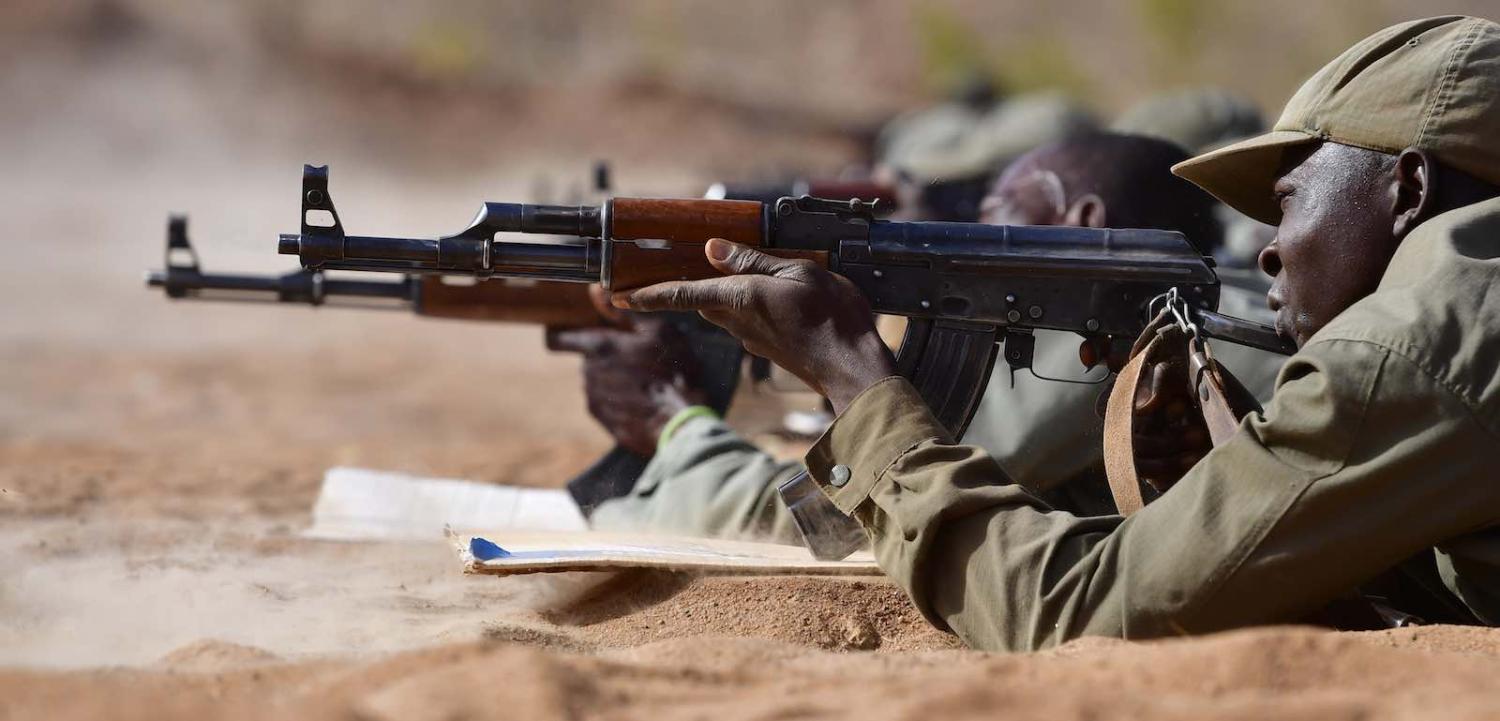Against the backdrop of the recent China-Africa Defence and Security Forum, numerous articles have been written questioning the rationale behind the conference and the potential ramifications of a closer Sino-African relationship.
The fall in export of Russian made weapons to Africa corresponded with the rise in Chinese exports.
Prime among those is the link between growing Chinese arms exports to the region and a way of securing greater geopolitical influence. The Belt and Road Initiative (BRI), announced in 2013, is one significant example where the economic expansion via the land (belt) and sea (silk road) has challenged the strategic interests of many states.
Couple this with China’s growing arms industry and arms exports, the question of vital importance is whether weapon sales have become a new foreign policy tool for China in Africa.
Development of the Chinese arms industry has enabled it to become a major arms exporter (number five in the world) in recent years. According to the Stockholm International Peace Research Institute, between 2008-2012 and 2013-2017, the 38% increase in total arms exports was second only to Israel. In this time Chinese export to Africa rose by 55%, and its share of total African arms imports increased from 8.4 to 17%.
Although Russia remains the largest supplier of major weapons to Africa (39% of the region’s imports), some see the rise of Chinese arms exports to the region as having a threefold rationale:
- Beijing’s push to become a major arms producer.
- Compete against Russia to capture this growing arms market.
- A foreign policy tool to gain regional influence for future economic and political interests.
Although the total volume of major arms flow from China to Africa is less than half of Russia’s, it sells to far more African countries than Russia. Between 2013–17, Russia sold major arms to 14 Africa countries, compared to the 23 of China.
This “blanket” style of selling does not typically fit with the notion of linking targeted arms sales with foreign policy objectives. The diversity in the types of weapons and of arms recipients (e.g., from Algeria to South Africa and Kenya to Cote d'Ivoire) suggests a more demand and supply relationship. As China continues to develop its arms industry, any international buyer will help expand its network, offer important developmental feedback, and improve weapon quality and company profitability.
The fall in export of Russian made weapons to Africa corresponded with the rise in Chinese exports, potentially due to the availability of more cost-effective options. This is especially the case in Algeria, where import of major Chinese arms increased by 46-fold between 2008-2012 and 2013-2017, while the transfer of Russian weapons fell by 35%.
Yet in-depth analysis into Chinese arms exports to Africa shows Algeria as an outlier that is biasing the recent trends. Of all major weapons exported from China to Africa between 2013 and 2017, 46% went to Algeria, prime among them are three heavy corvettes delivered in 2015 and 2016. Remove Algeria and major arms exports to Africa decreased by 12% between 2008-2012 and 2013-2017.
Other major African buyers of Chinese weapons are Morocco and Nigeria. It seems that suggestions linking China’s BRI project, its military base in Djibouti, and increased military engagement in the related countries are not founded on arms transfers evidence.
The main focus on of Chinese arms exports remains to its close neighbours. Since 2008, Pakistan (40%) and Bangladesh (13%) together account for over half of all China’s major weapons exports.
Add in Myanmar, and it’s a picture where China usually sells weapons to countries that the West (the US and Western Europe) does not. Such sales are partly due to less stringent human rights conditions linked to arms sales and more affordable weapons, but also recognising the gaps left by the US and thus securing greater geopolitical influence as part of its foreign policy.
Comparing the types of weapons sold to African and Asia countries reinforces the argument further. Large ticket items exported to Bangladesh and Pakistan include frigates, corvettes, submarines, and air defence systems. In addition to the transfer of the weapon, such transactions (sales and military aid) include training, maintenance, and exchange of information on the capability of the weapons. All of which enhances country relationships and boosts future collaborations.
In contrast, weapons exports to Africa are mostly of lower value in the form of armoured personnel carriers (APCs), light training aircraft, battle tanks and unmanned aerial vehicles (UAVs). These are akin to one-time transactions, with limited commitments to training or maintenance.
While the ability to buy expensive high-tech weapons is lower in African countries compared to neighbours close to China, China has looked to challenge US influence in Asia with more intimate (military and economic) relations with the likes of Pakistan and Bangladesh. The same is not evident in Africa.
It has been common knowledge that China has historically linked arms sales to close neighbours with foreign policy considerations, extending this to African countries is far less straightforward. Although this does not mean China has no future ambitions to use arms exports as a foreign policy tool, evidence from arms exports over the past ten years presents a far less compelling case in the present.
Instead, China’s interests in Africa seem to remain mainly economic (e.g., Forum on China-Africa Cooperation) focusing on trade (China is Africa’s largest trading partner) and investment deals with arms sale transactions in a demand and supply basis.
However, looking into the future and to China’s growing geopolitical ambitions, the defence and security forum might become the launch pad for China to increase its military influence in Africa and a perfect platform to integrate its economic partnerships with a military twist.
The views expressed here are those of the author alone.

